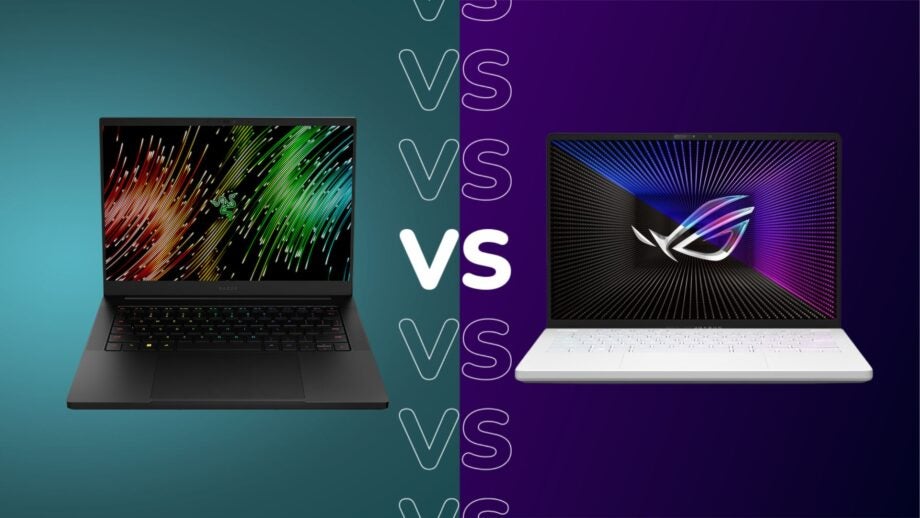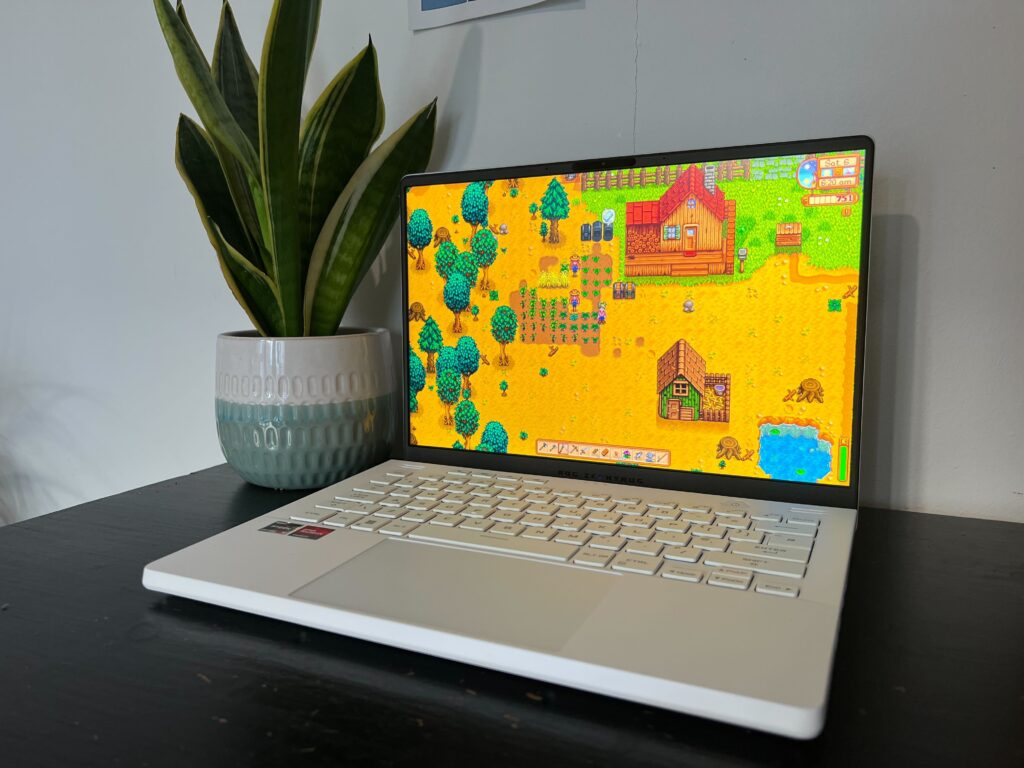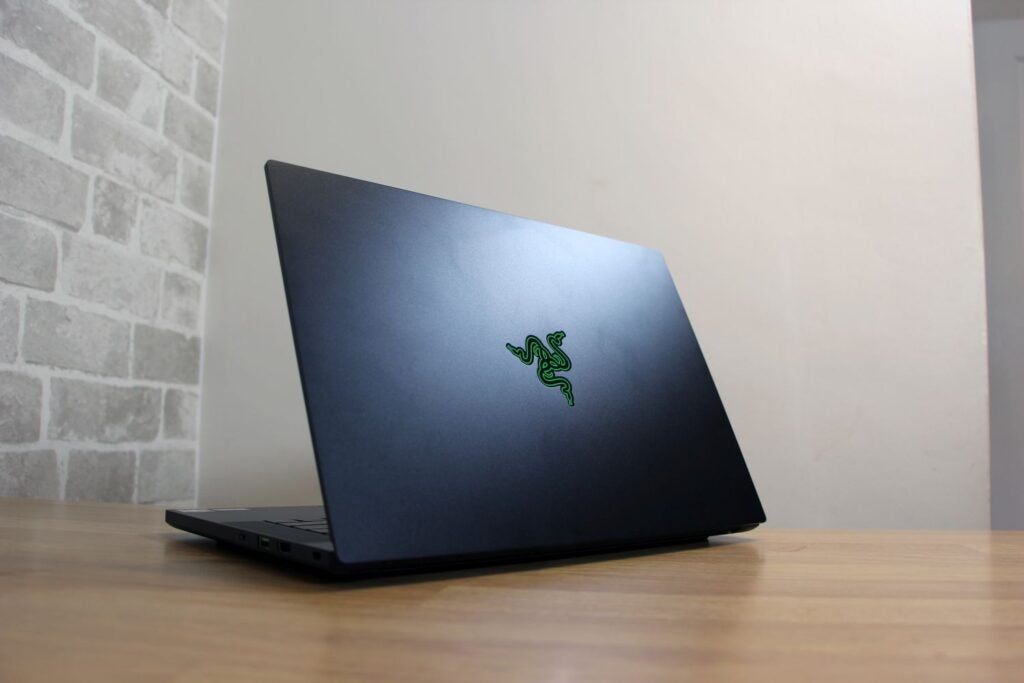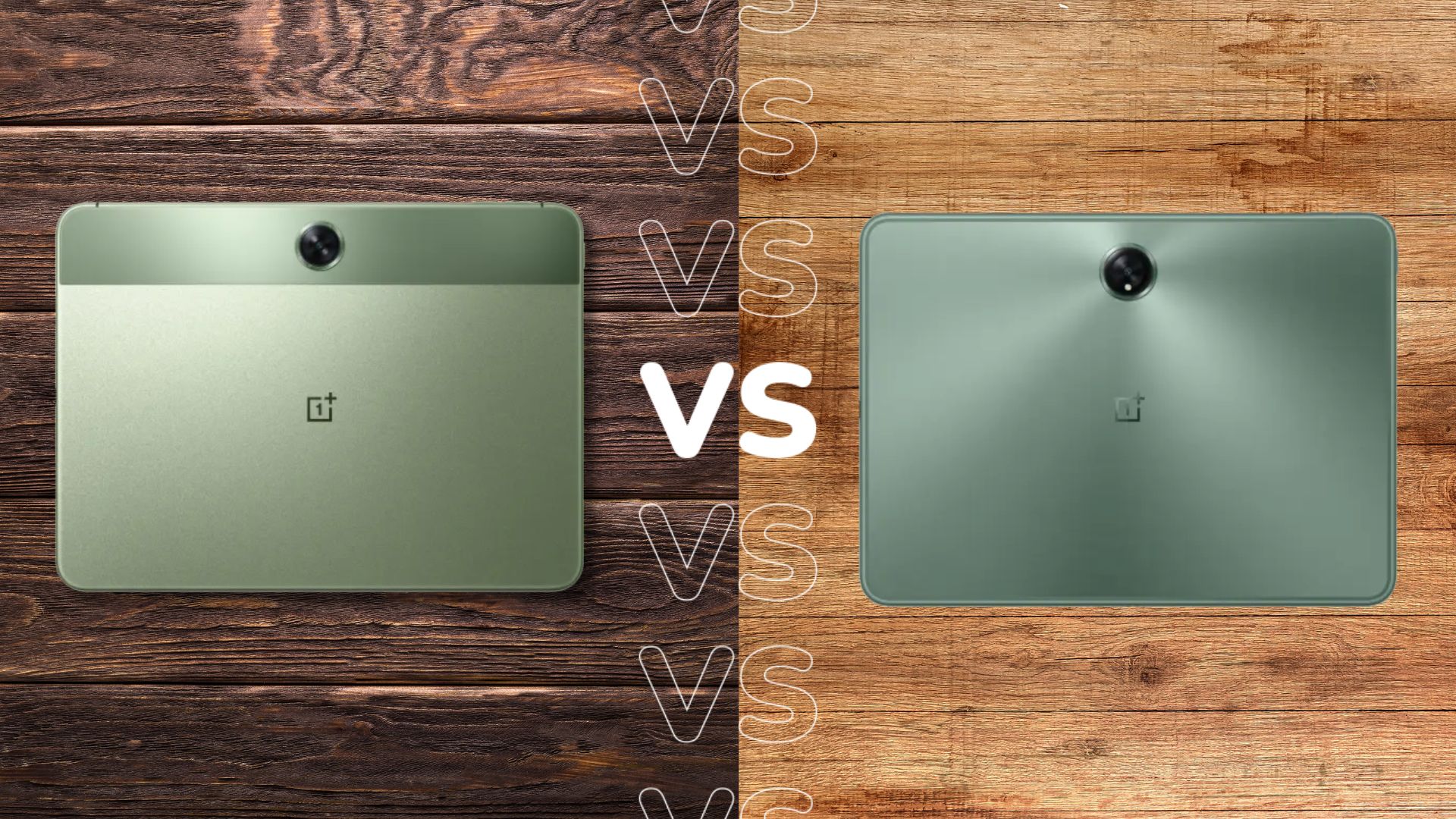Razer Blade 14 (2023) vs Asus ROG Zephyrus G14 (2023): 14-inch gaming laptops compared

The Razer Blade 14 (2023) has just been revealed. Like the Asus ROG Zephyrus G14 (2023), it sports AMD’s new Ryzen 7040HS chips. But how do these powerful yet compact 14-inch gaming laptops differ?
The Asus ROG Zephyrus G14 has been one of the best laptops around for the past several years – impressing with its value and looks that defy a typical gaming machine but don’t completely shun eye-catching style. By comparison, the Razer Blade 14 has remained strong, if often held back by Razer’s typically high price points.
This year, the Asus ROG Zephyrus G14 (2023) has already hit the shelves, with AMD’s latest chip that’s made for providing high-end performance in relatively thin-and-light chassis – look out for our review coming soon. Across the aisle at the Razer brand, the Blade 14 has just been announced, with upgrades aplenty compared to the previous generation. Let’s dive in to see how these pocket rockets compare.
Both use the AMD Ryzen 7040HS series, but Asus another option too
The running theme of this comparison is that Asus is offering more choices than Razer with its 14-inch gaming flagship. And, it starts with the CPU. All models of the Blade 14 sport the highest-end 7040HS series chip, the Ryzen 9 7940HS. Up against it is two options for the G14, there’s the Ryzen 9 7940HS but you can also opt for the less performant, non 7040HS series, Ryzen 7 7735HS if you’re looking to spend less. The G14 is already available, while the Blade 14 can now be pre-ordered and ships from June 20th.
The 7940HS specs come in at 8-cores and 16-threads, 16MB L3 cache as well as up to 5.2 GHz max boost. By comparison, the 7735HS offers 8-cores and 16-threads, 16MB L3 cache alongside up to 4.7 GHz max boost.
As a quick aside, you can pick up both these devices in black or white hues, but the 32GB RAM model is limited to the Mercury White option for the Razer Blade 14, which seems a tad harsh on those who may prefer the signature stealthy Razer black. But, RAM is user-upgradeable on both of these machines, up to 32GB RAM for the Asus and 64GB RAM for the Razer.
The G14 has a far lower starting price
The Asus ROG Zephyrus G14 (2023) has a starting price of just under £1700/$1700, but that’s largely down to offering a far greater choice of specs than the Razer Blade 14 (2023), as the base model Blade 14 offers a lot more power. But, that comes in at under £2500/$2400.
Things are on more of a level playing field if you look at a ROG Zephyrus G14 model on par with the base Razer Blade 14, with that model coming in at under £2300. Both models come with the Ryzen 9 7940HS, RTX 4070, 16GB RAM and 1TB SSD storage. Razer has a slight edge on display specs, with a QHD+ 240Hz panel versus the QHD+ 165Hz display on the Asus.

At the high-end, the Razer Blade 14 with 32GB RAM, 1TB SSD and RTX 4070 chip will cost just under £2900/$2800. The top-spec G14, with its Mini LED panel, 32GB RAM, 1TB SSD and RTX 4090 GPU comes in at £3600/$3300.
The ROG Zephyrus G14 can wield an RTX 4080 or an RTX 4090
As with the processor, Asus provides more options on the GPU front too. The Razer Blade is limited to offering an RTX 4060 or an RTX 4070 graphics chip, while the G14 offers four options, adding the more powerful RTX 4080 and RTX 4090.
So, if you’re looking for the highest-end 14-inch gaming laptop components available across AMD and Nvidia, then you’ll have to opt for the G14 and its more performant options.
However, there is more than meets the eye with these GPU options and we’ll have to explore performance differences in our testing. A key difference is the wattage, with the Blade 14 laptops’ Nvidia chips running at a higher 140W, compared with 125W on all of the G14 devices. So we’d expect a difference in comparatively specced models but further investigation is needed.
240Hz vs Mini LED
There are different strategies on the display front in 2023 too. The Asus ROG Zephyrus G14 (2023) offers a 165Hz refresh rate across the board but you can opt for a cheaper IPS display or fork out for a lavish Mini LED panel.

Razer, by comparison, has shunned Mini LED for the Blade 14, despite offering the technology on its larger Razer Blade 16 (2023). Instead, whatever Razer Blade 14 (2023) you buy, you’ll be getting an IPS QHD+ 240Hz panel.
If you’re someone who loves a good first-person shooter and craves refresh rates higher than 165Hz then the Blade 14 will be the device that appeals to you. But, those looking for a more hybrid option, that being a decently high refresh rate and the glorious contrast of a Mini LED panel, can look to Asus this time around.







